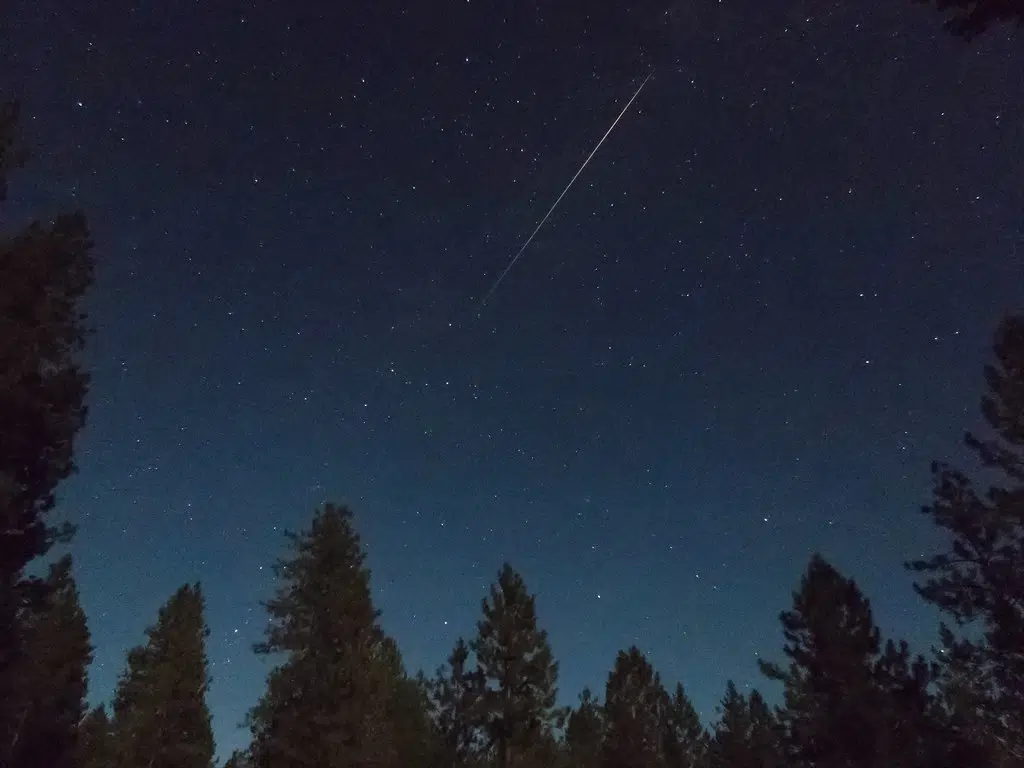One of the best meteor showers of the year will reach its peak over the next two nights.
The Perseid meteor shower is produced by the comet Swift-Tuttle, which rounds the sun every 133 years.
Freelance astronomy educator Gary Boyle explained exactly how the meteor shower is created.
“When comets come close to the sun, the sun’s radiation reacts with the comet’s surface so the ice and other chemicals that were locked in there frozen begin to form a cometary fog,” said Boyle, also known as The Backyard Astronomer.
“The rubble that’s on the comet, mostly sand and some grit, is blown off by the sun and creates this long tail in orbit. Earth goes through this once a year on a yearly trek around the sun.”
The meteor shower lasts from July 14 to Aug. 24, according to Boyle, but it will reach its peak on the nights of Wednesday, Aug. 11, and Thursday, Aug. 12.
During those nights, Boyle said you could see anywhere from 50 to 60 meteors per hour.
“The wonderful thing about the Perseids is it actually has some pea-size grit, which means other than the meteors, which are blazing through the atmosphere at 59 kilometres per second, we’re going to have the larger pieces, which we’ll call actual fireballs, and they can light up the ground very, very dramatic,” said Boyle.
Even better, he said, is the fact that we are in a new moon phase, meaning the moon will set within an hour or two of sunset, creating dark sky conditions. By contrast, next year’s Perseids takes place under a full moon, drastically reducing the hourly rate.
Boyle said you will not need any special equipment to see the meteors, but it will help to get away from city lights. You should also try to view it early in the evening in case clouds move in.
The next opportunity to view a meteor shower will be the Gemenids on Dec. 14, which will produce up to 120 meteors per hour, he said.







